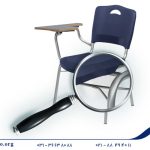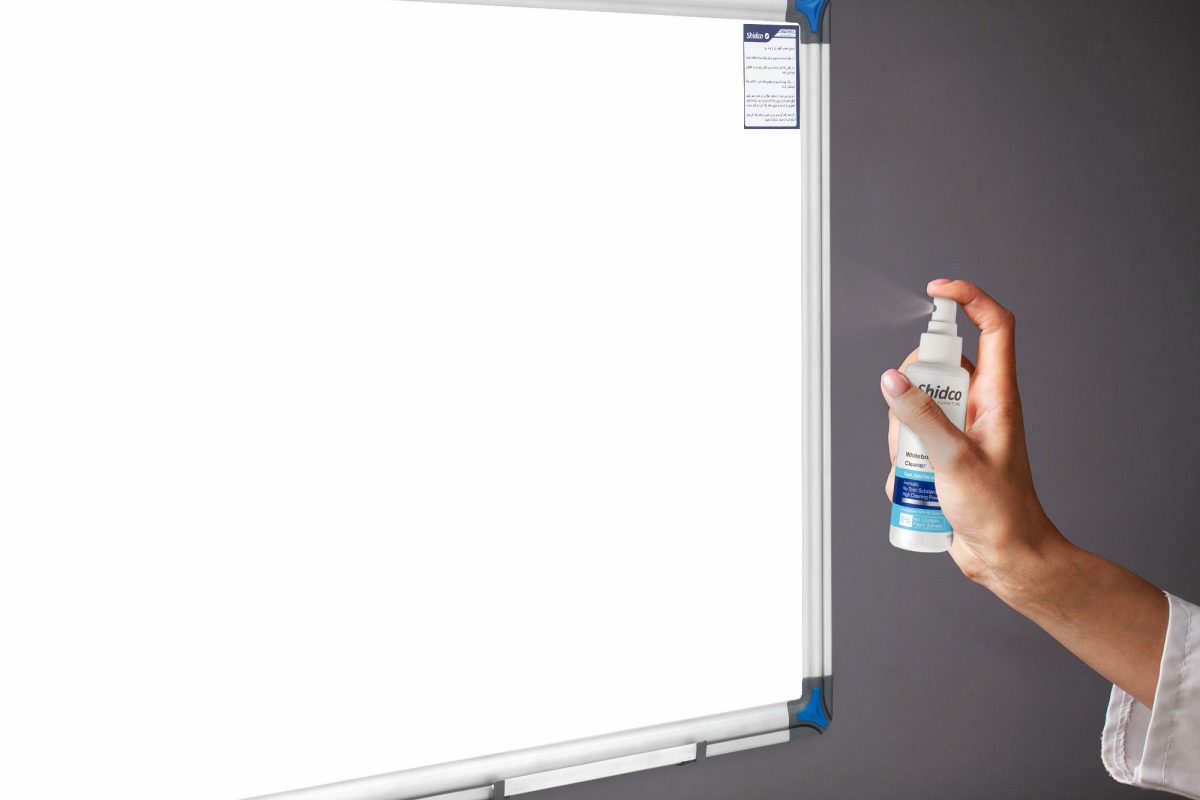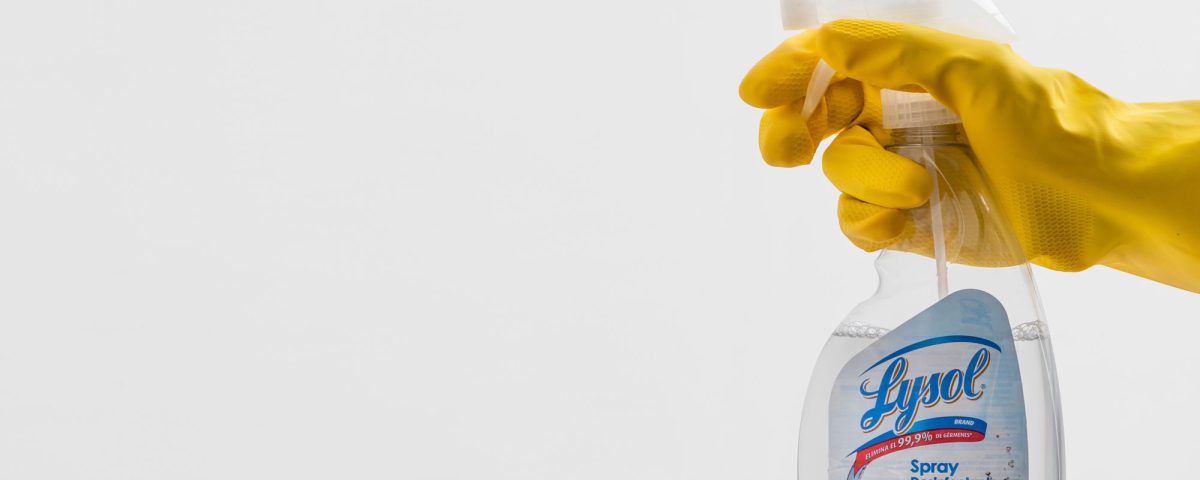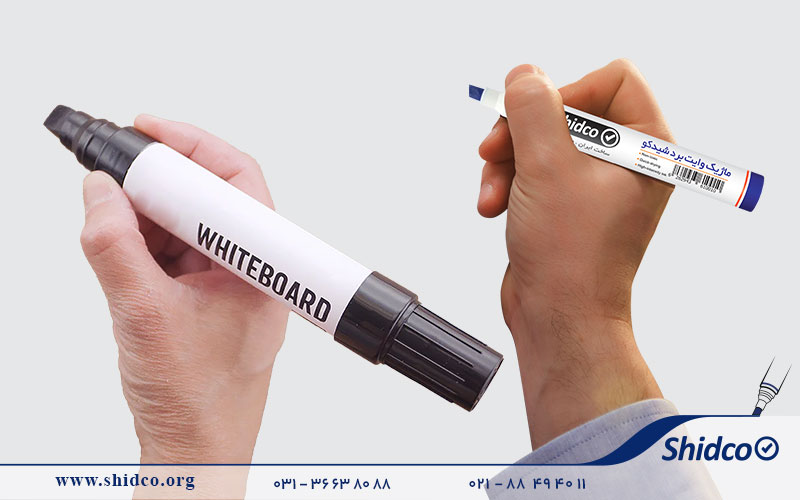
Seat and Backrest of the Stackable Student Chair
21/11/2025
Disadvantages of Buying a Used Light Table + Online Shopping Guide
21/11/2025The Best Way to Remove Non-Whiteboard Marker from a Whiteboard
Worried about accidentally writing on a whiteboard with the wrong marker? Non-whiteboard (permanent) markers can be confusingly similar to regular whiteboard markers but behave very differently. If you’ve ever realized too late that you’ve used the wrong kind of marker, don’t worry—there are several safe and effective ways to remove those marks without damaging your board. Here are some practical solutions.

Easy Methods to Remove Non-Whiteboard Markers
These techniques are suitable for occasional mistakes and generally won’t damage your board’s surface if used sparingly:
- Use a Whiteboard Marker as a Solvent:
Draw over the non-whiteboard (permanent) marker stain with a dark, fresh whiteboard marker. Be sure to fully cover the writing. Before the ink dries, erase everything using a whiteboard eraser or a soft cloth. You may need to repeat this process a few times for tougher stains. - Hand Sanitizer (Low Alcohol):
Apply a small amount of hand sanitizer (containing a low percentage of alcohol) to a soft, clean cloth. Gently rub over the stain. As you dissolve the marker, switch to a clean area of the cloth to avoid spreading the ink around. - Glass Cleaner:
Most glass-cleaning sprays contain a small amount of alcohol that can help remove tough stains. Spray the cleaner on the permanent marker area, let it sit for a few seconds, then wipe with a paper towel or soft cloth.
Read more: 10 Common Mistakes When Taking Care of Your Whiteboard
- White Vinegar:
Dab a clean cloth with a bit of white vinegar. Gently rub the non-whiteboard marker marks. Dry the area afterward with a soft, clean cloth. Repeat a few times if the stain is stubborn. - Toothpaste:
Put a small dab of toothpaste on a corner of a cloth, add a little water, and use it to gently massage the stain on the board. Once the ink is removed, wipe away residue with a damp cloth. Always use light pressure to avoid damaging the whiteboard coating. - Acetone (with Caution):
Dampen the edge of a soft cloth with a little acetone and gently wipe the mark. After cleaning, wipe the area again with a damp cloth and dry it completely. Use acetone sparingly—excess amounts can damage the board.
What Not to Use
The surface of whiteboards is very sensitive. Avoid the following:
- Strong alcohol, paint thinner, or petroleum-based solvents—they can damage the whiteboard’s finish.
- Abrasive or rough cloths, steel wool, or sharp objects (like knives)—these will scratch the board.
- Heavily patterned or rough paper towels—which can dull the surface over time.

Use Shidco Whiteboard Cleaning Spray
In addition to the methods above, you can use a specialized whiteboard cleaning spray (such as those offered by Shidco) for best results. Simply spray the solution on the affected area and gently clean with a soft cloth. For stubborn stains, repeat with a fresh section of clean cloth. Always use a soft, lint-free cloth for cleaning and avoid any rough materials that could damage the surface. Regular, gentle cleaning helps maintain your whiteboard’s quality for years. Contact us now to buy Shidco whiteboard spray.




